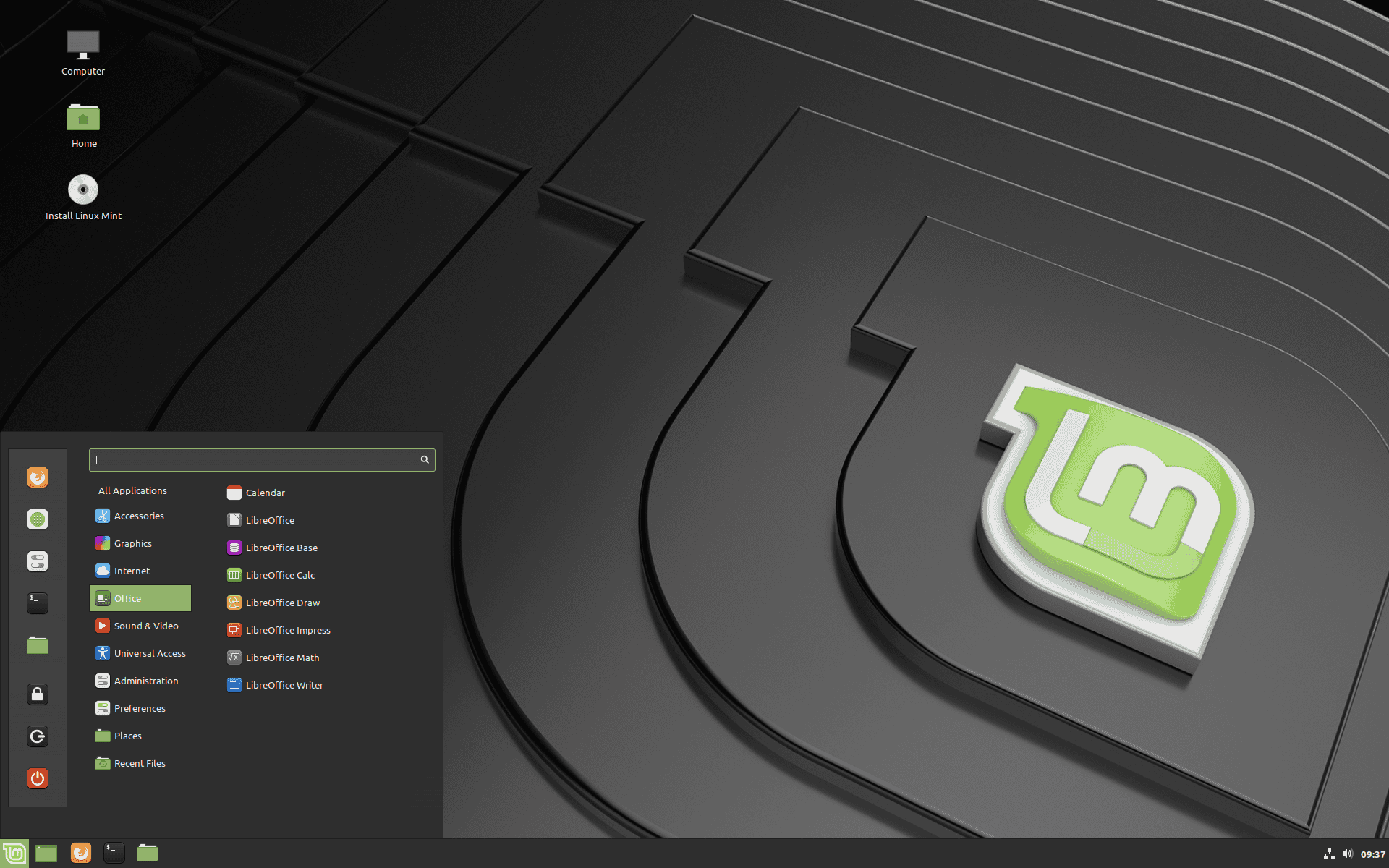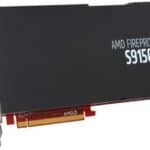The best Linux distribution for you depends on what you need it for. It could be for better privacy, gaming, compatibility with older devices, or ease of use for beginners. There are many different types of Linux distributions, or distros, that cater to different needs. Some are good for general use, while others are designed for specific tasks or work well on different types of devices. There are so many options that there’s a distro for everyone, whether you’re new to Linux or have been using it for a long time. As the Linux system has changed, the number of distros has grown. This means there are more options that are safer, easier to use, or use less resources. Each distro has its own set of features, look, and way of managing software. This means you need to think about what you want and what you’re good at when picking a distro. The best Linux distributions are easy to use and let you change things to fit what you need.
Linux for All: The Best Distros to Try in 2024
Best for Beginners
| Distro | Key Features | Why Choose It? |
|---|---|---|
| Linux Mint | User-friendly, based on Ubuntu, stable | Perfect for those transitioning from Windows or macOS, with a familiar interface and extensive software support. |
| Zorin OS | Windows-like look and feel, beginner-friendly tools | Ideal for users seeking a smooth switch from Windows, offers different layouts to resemble Windows or macOS. |
| Ubuntu | Widely used, large community, easy to learn | A great starting point with a vast user base for support, diverse software options, and a simple setup process. |

Best for Advanced Users
| Distro | Key Features | Why Choose It? |
|---|---|---|
| Arch Linux | Customizable, rolling release model, lightweight | Geared towards experienced users who want full control over their system, requires technical knowledge but offers unparalleled flexibility. |
| Debian | Stable, reliable, huge software repository | A solid choice for servers and workstations, known for its stability and long-term support, with a massive package selection. |
| Fedora | Cutting-edge features, community-driven, GNOME desktop | Ideal for developers and tech enthusiasts, provides the latest software versions and innovative technologies. |
Best for Specific Needs
| Distro | Key Features | Why Choose It? |
|---|---|---|
| Pop!_OS | Designed for developers, good for gaming | Offers a smooth experience for coding and playing games, with optimizations for productivity and performance. |
| Tails | Focuses on privacy and anonymity | Perfect for security-conscious users, routes all internet traffic through the Tor network for enhanced privacy. |
| Elementary OS | Elegant design, macOS-inspired interface | A beautiful and user-friendly distro with a minimalist aesthetic, suitable for those who appreciate a clean and polished look. |
Choosing Your Perfect Distro
The best Linux distro for you depends on your experience level, needs, and preferences. Don’t hesitate to experiment with different options to find the one that suits you best. Consider trying live versions before installing to get a feel for each distro’s interface and features.
Key Takeaways
- Different user needs dictate the best Linux distribution choice.
- Variety in Linux distros includes options for beginners, privacy, performance, and older hardware.
- Choosing the right distro involves evaluating features, user experience, and customization.
Choosing the Right Linux Distro
Selecting the correct Linux distribution depends on the user’s skill level, intended use, and hardware. It’s important to match the distro with the user’s needs to ensure a satisfying experience.
For Beginners and Transitioning Users
Beginners or those coming from Windows or macOS might prefer Ubuntu for its simplicity and ease of use. Linux Mint, with its familiar interface and full multimedia support out-of-the-box, offers a smooth transition. Both provide a welcoming environment with established user communities.
For Advanced Users and Developers
Fedora, with its cutting-edge software and strong emphasis on open-source principles, is a solid choice for developers. Arch Linux, known for its simplicity and customization, suits those who prefer a more hands-on approach. Both offer robust package managers and extensive software support.
Gaming on Linux
Pop!_OS is tailored for gaming with pre-installed NVIDIA drivers and a focus on performance. For a more customized gaming experience, Manjaro’s hardware detection tool simplifies driver installation. These distros support Steam and various gaming platforms.
Commercial and Enterprise Needs
Red Hat Enterprise Linux offers reliable support and a stable platform for servers and enterprise environments. Ubuntu’s Long Term Support (LTS) versions are also well-suited for businesses requiring robust security features and regular maintenance updates.
Considerations for Hardware Compatibility
Ubuntu and Linux Mint excel on both modern and older hardware. For laptops with less RAM, consider lightweight distros like LXLE or Puppy Linux. MX Linux and Zorin OS are known for their hardware compatibility and are also options for aging computers.
Community Support and Documentation
Ubuntu leads with its vast pool of community knowledge and documentation. Manjaro, a user-friendly Arch-based distro, benefits from Arch Linux’s detailed wiki. Open-source communities for distros like Fedora, Debian, and Pop!_OS offer extensive support forums.







